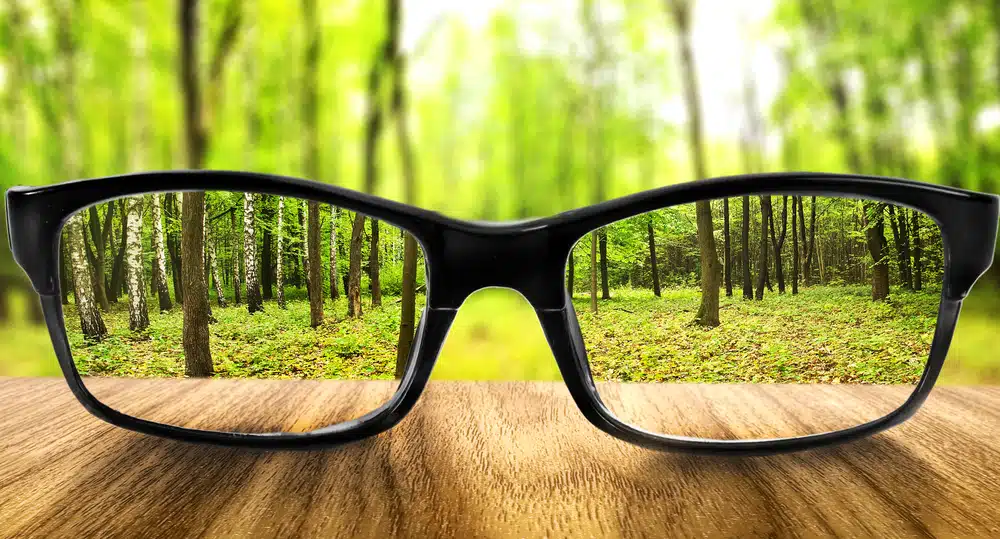Myopia is the most common vision problem in our country, affecting nearly 1 in 3 Canadians. Myopia, also known as nearsightedness, is a growing problem, especially in younger people. Your Orleans eye doctor has collected everything you need to know about the cause and treatment for myopia:
What causes Myopia?
Myopia is caused by the shape of your eyeball. Our vision is a delicate balance of microscopic moving parts. If your eyeball is too long or your cornea is too curved (or a combination of the two), it affects how light is bent and focused by the cornea. A sharp image should be formed, but instead the image is blurry because the light rays focus on the front of the retina, not on its surface.
Myopia has a genetic component. If your parents are nearsighted, it raises your risk. Myopia is usually diagnosed in childhood or adolescence, and usually stabilizes by the time adulthood is reached. However, it can also progress in some cases.
Nearsightedness is a very common vision problem, but is relatively mild and correctable with eyewear. Degenerative myopia is much rarer, but is the leading cause of legal blindness.
What are the Symptoms?
People with myopia have no vision trouble when reading up close, using the computer, or doing other close-up tasks. However, they have trouble reading signs in the distance (like road signs and street signs) and distant objects are often blurry. Attempting to make out these blurry objects can lead to squinting, headaches, and eye strain. If any of these symptoms apply to you or your child, schedule an appointment with our Orleans eye doctor to diagnose and treat the issue.
What is the Treatment?
Fortunately, there are many treatment options for myopia. Eyeglasses and contact lenses can be worn to correct your vision. If you have severe myopia, you may need to wear these lenses at all times. For mild and moderate cases, these glasses may only be required in certain situations, like driving, watching movies, or reading the blackboard in class.
Refractive surgery is also becoming an increasingly common solution. Procedures like PRK and LASIK remove corneal tissue to correct the focusing problem and improve your vision. Temporary non-surgical procedures like orthokeratology are also available. Speak with your optometrist to determine which treatment option is best for you.
For more information or to schedule an appointment with our Orleans eye doctor, contact us now.
